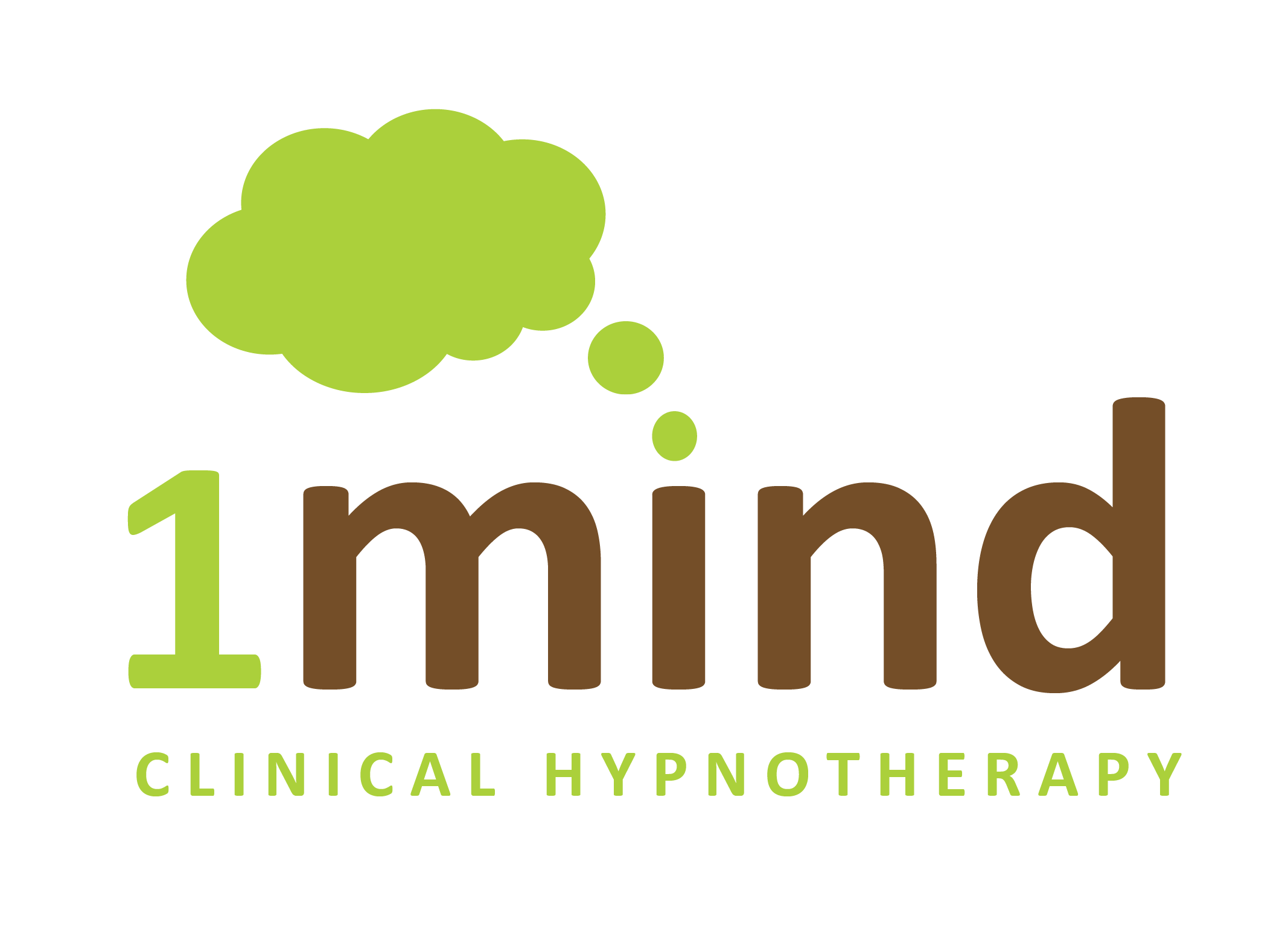If we experience as we grow up from childhood unhealthy stress and anxiety, which is unresolved, we will take these experiences with us into adolescence and adult hood, where serious mental health issues may then develop and last for a life time. If these unhealthy beginnings can be identified and tackled early enough this negative cycle can be broken, which has been very hard if not impossible to do, until now with advent of EMDR.
In understanding where these problems stem from, right from the very start of life after we are born from 6 months to 2 years we naturally begin to experience stress and anxiety as we learn to become independent from our parents. We develop from being a baby into a child, conscious of our own ability to think and act independently. But after 2 years old we can become susceptible to external influences that prevent us from learning that it’s ok to be separate from our family. Perhaps our parents remain overly engaged in our lives, being too protective not allowing us to grow and develop as individuals, or perhaps our first experiences of growing up are the opposite, where neglect in its any forms is experienced.
For a child growing up where there are no healthy boundaries anxiety can start to develop which can then be taken into adolescence and adult hood where very serious issues can then develop. All these issues are referred to as various Mental Health conditions.
Even for children growing up in a stable healthy balanced environment other external unwanted or emotional influences outside of the family unit can affect how a child develops and again anxiety can be learnt from a very young age.
As children grow into adolescence they can be susceptible to external influences of trauma, bereavement, abuse, neglect, bullying, sexuality confusion, social media or pressure to succeed and can begin to adopt unhealthy behaviours that are a cause for concern.
We can then take unresolved traumas from childhood into adulthood where they can manifest into chronic anxiety, depression, social phobias, varying disorders and emotional and psychological issues. Sometimes in adult hood we can also experience traumas so severe that we manifest the same symptoms and behaviours even without experiencing childhood trauma. The results can be the exact same.
Either way it’s a problem that is vastly increasing. EMDR has been evidenced by the National Institute for Mental Health as being far superior to drug therapy, in a recent study that compared 8 sessions of EMDR treatment to 8 weeks of Fluoxetine drug therapy, at the end of the trial – 91% of the EMDR group reported no symptoms of PTSD, whereas only 74% reported changes in the Fluoxetine group. There were no known side effects reported in the EMDR group, whereas the Fluoxetine group suffered, headaches, dizziness, nausea and stomach upset – for 8 weeks!
The formal clinical guidelines for EMDR therapist’s state 6-12 sessions of EMDR may be required per client, and there is now a move to even increase this to 18 sessions putting the treatment even further out of the reach of the everyday child, adult and family.
This isn’t helpful if you’re vulnerable and become locked into expensive lengthy treatment programmes. This is one of the many barriers people who need help face when seeking EMDR treatment – it’s simply unaffordable to most. But with EASY EMDR this is now a low cost affordable solution.
By following the simple step by step guides found here within EASY EMDR now parents, carers, clinicians and community workers can take on this front line role safely and effectively anywhere.
It has been widely reported internationally children and adolescents in low-income families, with parents and carers with lower levels of education and with higher levels of unemployment have higher rates of mental disorders in the previous 12 months, and higher rates of associated behaviour disorders.
The health systems, education and welfare sectors are critical in responding to the needs of children and young people with mental health problems and still have a key role to play but they remain overburdened and underfunded even in the most developed of countries, and even then EMDR is rarely available.
Prevention at home and early intervention to reduce the prevalence and impact of mental health problems in our young and adult populations can now be taken on by families at home. If families could help themselves they would. Now you can with EASY EMDR.

